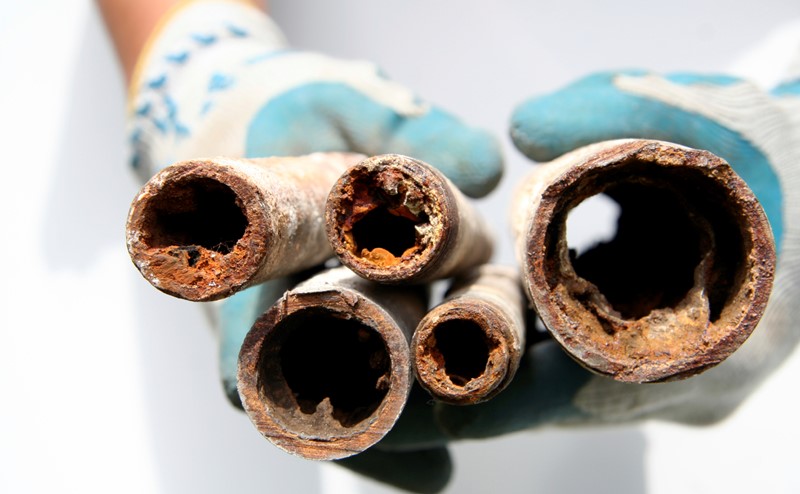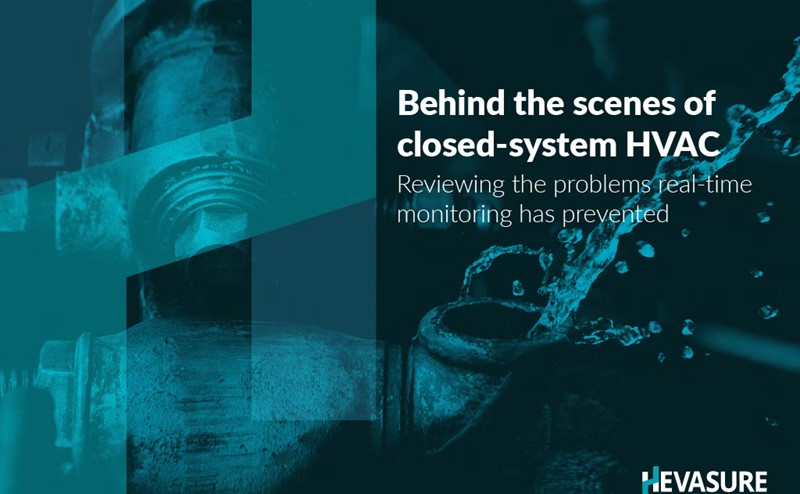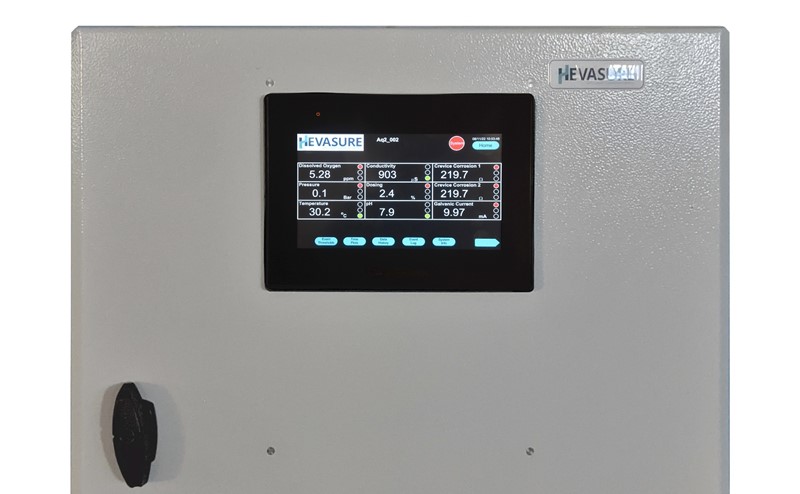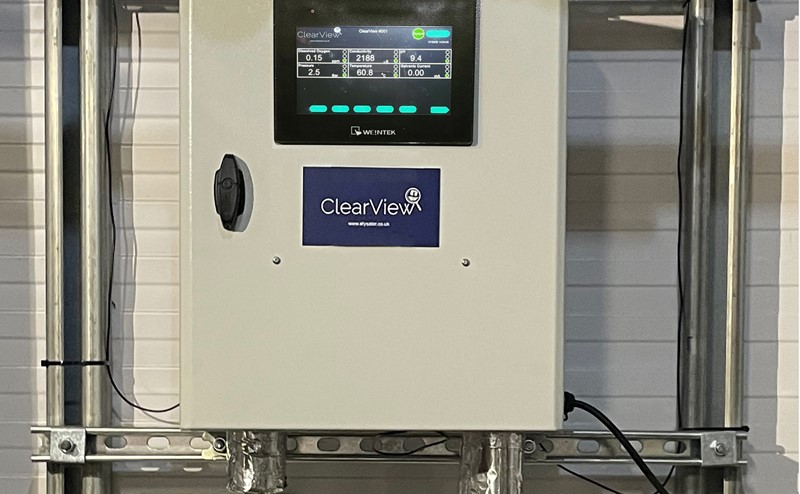
Putting a price on prevention
Working out the ROI of real-time water system monitoring vs sampling and corrosion coupons
Working out the ROI of technology like Hevasure can be tricky. The difficulty lies in the fact it is a preventative solution; once in place the risks of corrosion and expensive repairs are dramatically reduced. A water system that isn’t monitored by Hevasure is more likely to breakdown, which could end up costing into the millions, depending on the level of damage and the knock-on effect it has on reliant plant and building operations – failed cooling for a datacentre, for example, could run into even higher figures.
On a less dramatic scale, Hevasure makes savings at every stage of a water system’s life; from reducing the need for chemicals, sampling and consultants, to flagging up small issues that can be quickly dealt with in-house, before they become expensive problems.
How much does prevention potentially save?
Downtime costs: The cost of downtime varies from business to business. If a water system fails, costs will not only be incurred through replacement and refit, but management and consultancy, and any legal bills. For a large system there are many examples where these costs have exceeded £10m.
Even the cost of remediation (investigation, replacement of parts and recommissioning/water treatment) will exceed £100k in most circumstances.
Maintenance costs: With an accurate picture of water system condition, maintenance regimes can be fit for purpose. If the system is stable there is no need for sampling, saving on labour and laboratory costs. Inhibitor levels can be kept in check, leading to a reduction in chemical wastage and where changes in the system do take place, this disruption can be monitored. If conditions return to base levels quickly, for example, unnecessary chemical usage and flushing can be avoided. All of this will lead to more efficient water systems, that potentially cost less to maintain.
Consultant costs: With real-time data sent direct to the person in charge – be that the FM, in-house maintenance team or water system maintenance company – the need for expensive consultants is reduced. Alarms can be set up so that if conditions move out the acceptable zone, responsible parties are alerted and can act immediately. In many instances, the problem can then be solved internally.
Build costs: Water systems are commonly built using corrosion resistant materials, such as stainless steel, which can be heavy and expensive. This doesn’t eradicate corrosion, it simply re-directs this corrosion to fitment components, often made of copper, brass or carbon steel. A well-built closed circuit system shouldn’t have adverse levels of oxygen, however, allowing specifiers to choose cost-effective and lightweight carbon steel as an alternative; a product that is sometimes viewed with caution as it doesn’t have the same levels of corrosion resistance. Hevasure’s continuous monitoring approach means carbon steel can be confidently used and corrosion should never be an issue.
Efficiency costs: By removing corrosion issues the HVAC equipment relying on closed circuit water systems will remain operational and efficient, saving energy, reducing fuel bills and preventing unnecessary breakdown.
When you add all these potential savings together, they more than cover the installation of the Hevasure unit, which stands at around £16k.
Speculate to accumulate Getting people to think about savings in terms of speculative problems can be an issue. They see an outlay with no perceived ‘return’. This is short sighted – a closed water system that doesn’t break down, doesn’t suffer from corrosion, and runs at peak efficiency, is saving huge amounts of money long-term and it is only through 24/7 real-time monitoring that this operational certainty can be achieved.
The traditional methods of sampling and corrosion coupons to understand water system condition provide only a snap shot in time that is open to interpretation and not instantaneous. Continuous monitoring of the conditions that cause corrosion is a far superior approach, giving both peace-of-mind and saving money.







